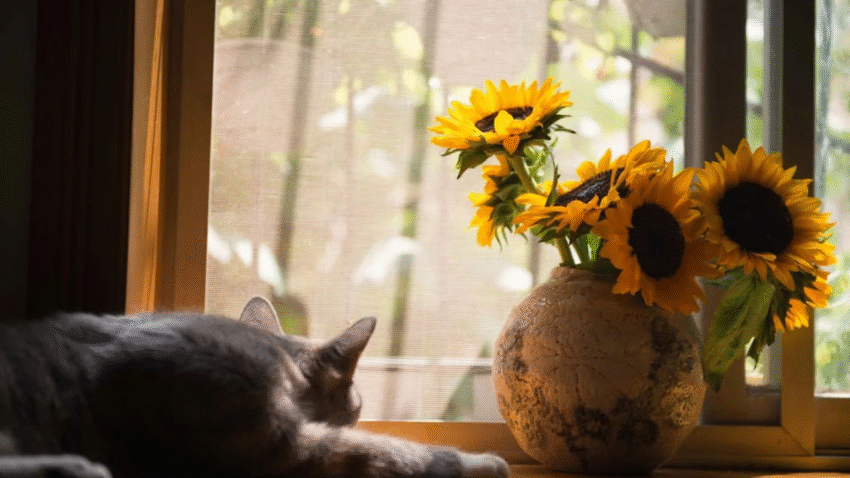Introduction
Adopting a rescue cat is a beautiful act of kindness, but it often comes with emotional challenges. Many rescue cats carry anxiety from past trauma, neglect, or unstable environments. In this article, you’ll learn how to reduce anxiety in rescue cats using natural, gentle methods. With patience and consistency, you can help your cat feel safe, secure, and loved in their new forever home.
Why Reducing Anxiety Matters for Rescue Cats
Anxiety in cats can lead to behavioral issues like hiding, aggression, excessive grooming, or litter box problems. Rescue cats, in particular, may be more sensitive to changes, noises, or human interaction due to their past experiences. Helping them overcome anxiety improves their quality of life, builds trust, and creates a stronger bond between you and your cat. A calm cat is a happier, healthier companion.
Step-by-Step Guide to Easing Anxiety in Rescue Cats
1. Set Up a Safe Space
- Create a quiet, cozy room where your cat can decompress for the first few days or weeks.
- Include a bed, litter box, food, water, and a few toys—limit access to the rest of the house initially.
- Let your cat explore this space at their own pace.
Tip: Avoid loud noises, excessive visitors, or other pets until your cat feels more secure.
2. Establish a Consistent Routine
- Feed your cat at the same times each day.
- Keep litter boxes clean and in the same spot.
- Stick to regular playtimes and quiet moments—this predictability helps reduce fear and stress.
3. Use Calming Aids
- Try pheromone diffusers like Feliway, which mimic natural feline calming signals.
- Offer calming treats with ingredients like L-theanine or try vet-approved supplements.
- Soft background music or white noise can help mask scary sounds and create a peaceful atmosphere.
4. Practice Gentle Interaction
- Let your cat come to you—avoid forced handling or chasing them.
- Use a soft voice and slow, non-threatening movements.
- Sit nearby while reading or working to help your cat get used to your presence.
5. Encourage Play to Build Confidence
- Use wand toys or feather teasers to stimulate natural hunting instincts.
- Start short and slow; increase interaction as your cat gains confidence.
- Play helps relieve stress and builds positive associations with you.
Common Mistakes to Avoid
- Pushing Too Fast: Forcing attention or letting other pets meet too soon can increase fear.
- Inconsistent Routine: Changing schedules or environments too frequently delays progress.
- Punishing Fear-Based Behaviors: Yelling or scolding only reinforces anxiety.
- Ignoring the Signs: Hiding, trembling, or loss of appetite are signs your cat needs more time and support.
- Not Providing Enough Hiding Spots: Cats feel safer when they can retreat and observe from a distance.
Extra Tips & Recommendations
- Use Vertical Space: Cat trees or shelves give your cat safe spots to watch the room from above.
- Try a Weighted Blanket or Soft Hideaway Bed: Some cats find comfort in enclosed or heavier bedding.
- Keep a Diary: Track your cat’s behavior and progress—it helps identify triggers or improvements.
When to Seek Professional Help
If your cat shows signs of severe anxiety, such as aggression, constant hiding, or self-harm (e.g., over-grooming), consult a vet or feline behaviorist. They can rule out medical causes and help create a personalized plan.
Conclusion
Reducing anxiety in rescue cats takes time, compassion, and understanding. By creating a stable environment, using calming tools, and building trust slowly, you can help your cat feel safe and loved. Every small win—from eye contact to a gentle purr—is a step toward healing.
🐾 Want more heartwarming cat care tips? Stay connected and explore our full rescue cat series!
